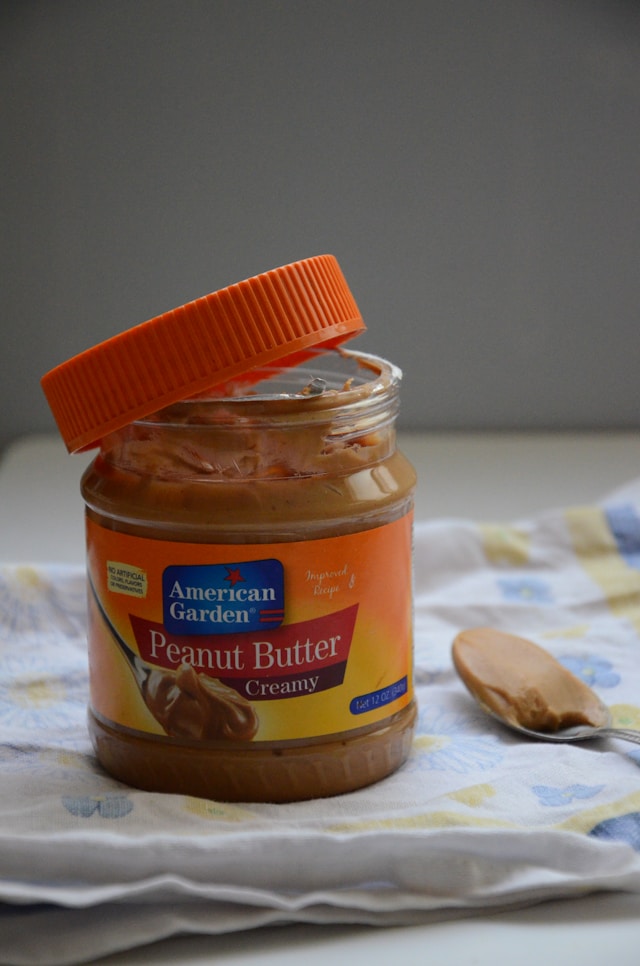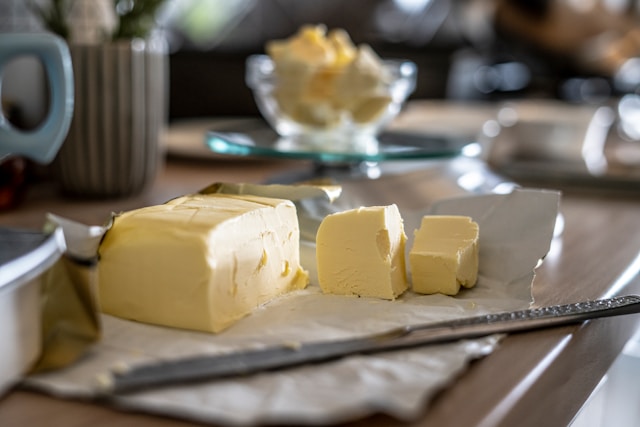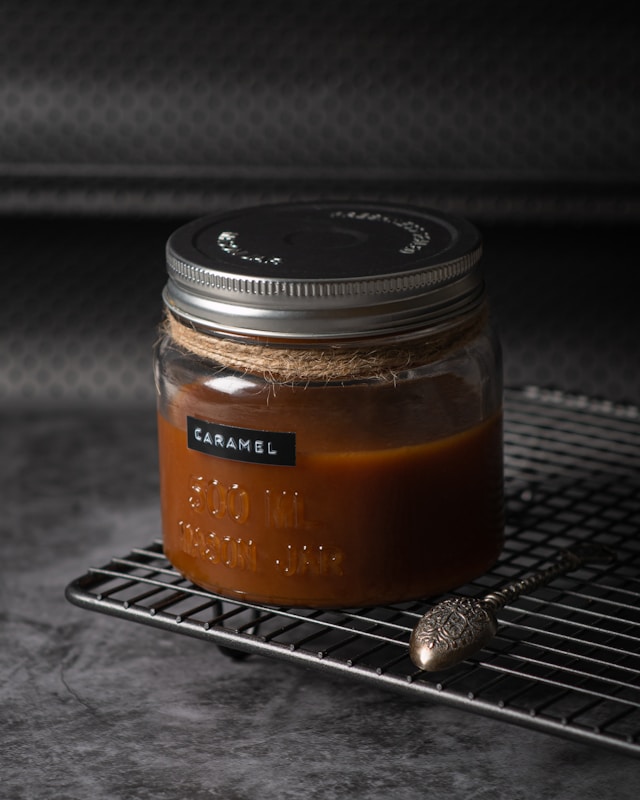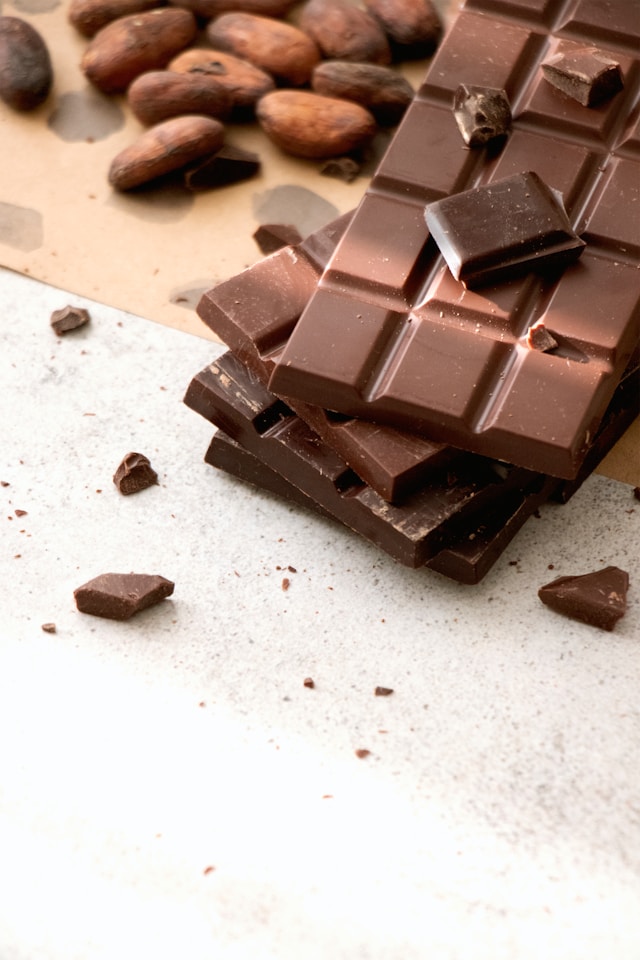Mice are persistent pests, especially when they’re after their next meal! These ever-chewing invaders can cause property damage and spread disease in their search for food, shelter, and nesting materials.
When trapping mice, choosing the right food can make or break your pest control efforts. The proper bait can significantly increase your chances of catching mice before they overtake your home! In this blog, we’ll explore the best food to trap mice with and how you can choose the best option for your home.
What Do Mice Prefer in Bait?
Selecting the right bait for mouse traps involves understanding the characteristics that make certain foods attractive to mice. Let’s look into the key factors that make mouse bait effective: smell, taste, and nutritional value.
Smell
Mice rely heavily on their sense of smell to find food, so it’s no surprise that strong-smelling substances are the best food to trap mice. Because of their keen olfactory senses, they can detect faint odors from considerable distances.
Think of peanut butter or bacon—those intense aromas can draw mice from far and wide. Opting for bait options with robust, lingering fragrances can effectively capture the interest of cautious rodents and catch them right into your trap!
Taste
While mice aren’t picky, they still have a few preferences for their favorite foods to snack on. Sweet and savory flavors that pack a punch are favorites of these tiny terrors, meaning your sugary sweet cereals and toasty bread are hotspots for mouse activity.
The bait’s texture also plays a crucial role in its appeal. Mice prefer soft, moist textures that are easy to consume and transport back to their nests. By offering bait options that combine desirable flavors and textures, you can increase the likelihood of mice taking the bait and triggering the trap.
Nutritional Value
Just like us, mice are drawn to foods that give them the energy and nutrients they need to thrive. They have a particular fondness for high-fat and high-protein options, often going out of their way to reach these tempting treats.
Nuts, seeds, cheese, and meat scraps are all top picks for bait, as they provide mice with the sustenance they crave. By offering bait that meets their nutritional needs, you can keep them returning for more!
Types of Food to Trap Mice
When it comes to effectively trapping mice, it’s crucial to cater to their unique food preferences! Knowing which foods mice find the most enticing can greatly enhance your pest control plan. Take a look at this list of foods you can add to your mouse traps!
Protein-Based Baits
Protein is an essential component of mice’s diet, required for growth, development, and overall health. Foods rich in protein provide mice with the necessary amino acids to support their physiological functions.

Here are a couple of options to choose from if you’re looking to bait mice with protein-rich food you have at home:
Peanut butter: Peanut butter is a classic bait option for mouse traps. Mice are attracted to peanut butter’s rich, nutty scent, which is a potent lure for them. Its sticky consistency also makes it difficult for mice to resist, increasing the likelihood of them triggering the trap.
Bacon: Bacon’s heavy protein content and intense flavor make it a favorite among rodents, enticing them to investigate traps in search of a tasty meal.
Nuts and seeds: Nuts and seeds, such as almonds, walnuts, and sunflower seeds, are natural food sources for mice in the wild. These protein-rich foods provide mice with essential nutrients and energy, making them attractive bait options for traps.
High-Fat Baits
High-fat foods are highly attractive because of their palatable flavors and supple energy content. Because many of these options provide mice with a concentrated source of calories, mice will flock toward their scent in no time.

High-fat baits include:
Chocolate: Chocolate’s sweet flavor, high-fat content, and smooth texture can entice mice to look for a tasty treat. Plus, it’s easy to apply to most commercial mouse traps. However, if you have pets, keep these traps far out of their reach, as chocolate can make them ill.
Bacon grease: Bacon grease is another bait option that mice find irresistible. Its savory aroma and greasy texture make it a favorite among rodents, encouraging them to explore traps to indulge in the treat.
Butter: With its high-fat content and distinct aroma, butter is an effective lure for rodents, drawing them to investigate traps in search of a tasty treat.
Sweet Baits
Mice naturally prefer sweet foods, which provide them with a quick source of energy. Try out a few of these sweet baits to catch mice in a pinch!

Dried fruit: Dried fruits, such as raisins, apricots, and cranberries, offer a natural sweetness that mice find irresistible. Their chewy texture and concentrated flavor can make them a hit with the invading pests in your home.
Maple syrup: Its enticingly sweet aroma and sticky texture make it an irresistible bait option for mouse traps.
Caramel: Caramel’s allure lies in its sticky sweetness, making it an irresistible bait for mouse traps. Add a small piece to your mouse traps to catch all the pesky rodents in your home!
Tips to Using Mouse Trap Bait Effectively
Consider the placement of the bait within the trap. Position your chosen bait at the trap’s trigger mechanism’s center or along the paths mice travel. This increases the likelihood of trapping the mouse and provides them the best opportunity to reach the bait.
Next, use an appropriate amount of bait, not too much or too little. While it may be tempting to load traps with excess bait, moderation is key. Using too much bait can actually make it easier for mice to steal without triggering the trap. Instead, use a small amount of bait, just enough to entice mice and encourage them to interact with the trap.
Remember to keep your bait fresh, as well. Mice prefer the scent and taste of fresh food, so be sure to replace the bait regularly. Stale or spoiled bait can deter mice and reduce the trap’s effectiveness.
Lastly, keep these traps out of reach of your little ones and pets. Some bait options, like chocolate, certain nuts, and overly fatty food, may be toxic to your furry friends. Plus, these traps are built to leave a mark and could injure your children and pets. Place them where mice are common but still out of the way of wondering hands and paws.
Eliminate Mice with Natura Pest Control!
Selecting the right food to trap mice can be the difference between a home free of pests and a severe rodent problem. These sneaky critters have a way of moving around unnoticed, causing havoc by stealing food and leaving a mess behind.
Dealing with an infestation can be incredibly stressful, especially when figuring out the best bait for mouse traps. That’s where we come in at Natura Pest Control!
Our highly trained technicians will thoroughly inspect your home, checking for signs of rodent activity and potential entry points. Once we’ve assessed the situation, we’ll create a personalized treatment plan to eliminate those pests permanently.
Don’t let mice take over your home– contact us today for expert pest control solutions!



